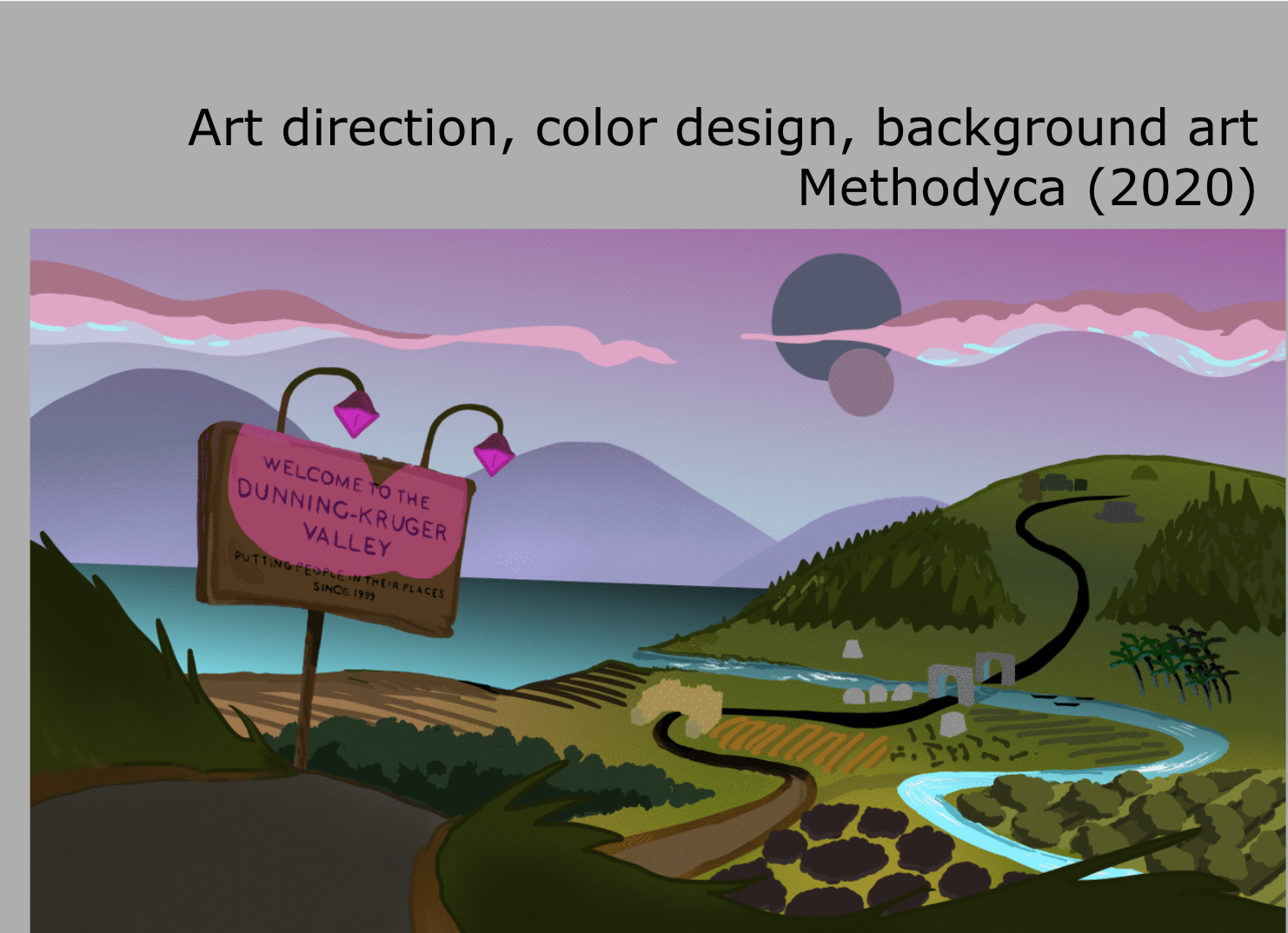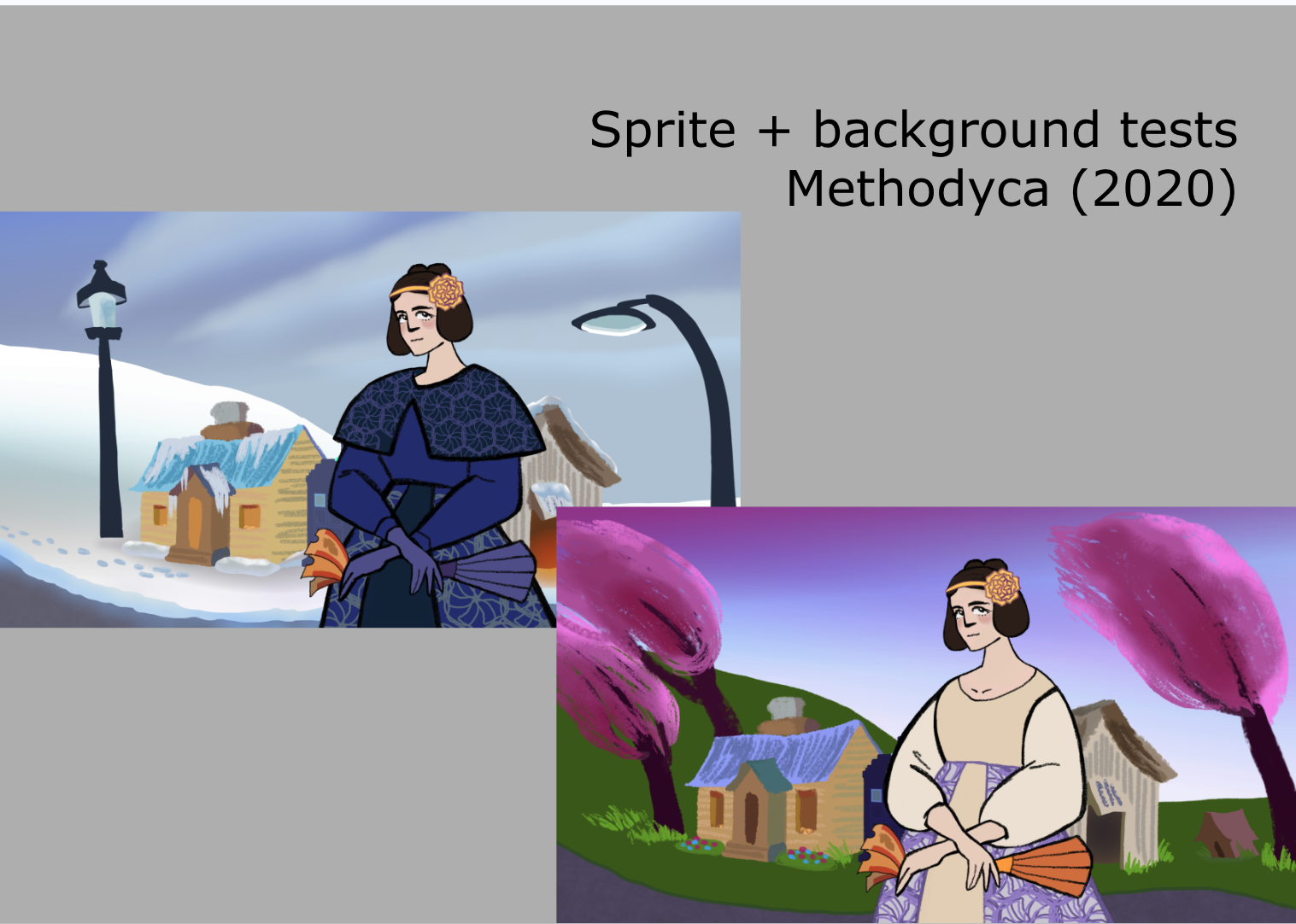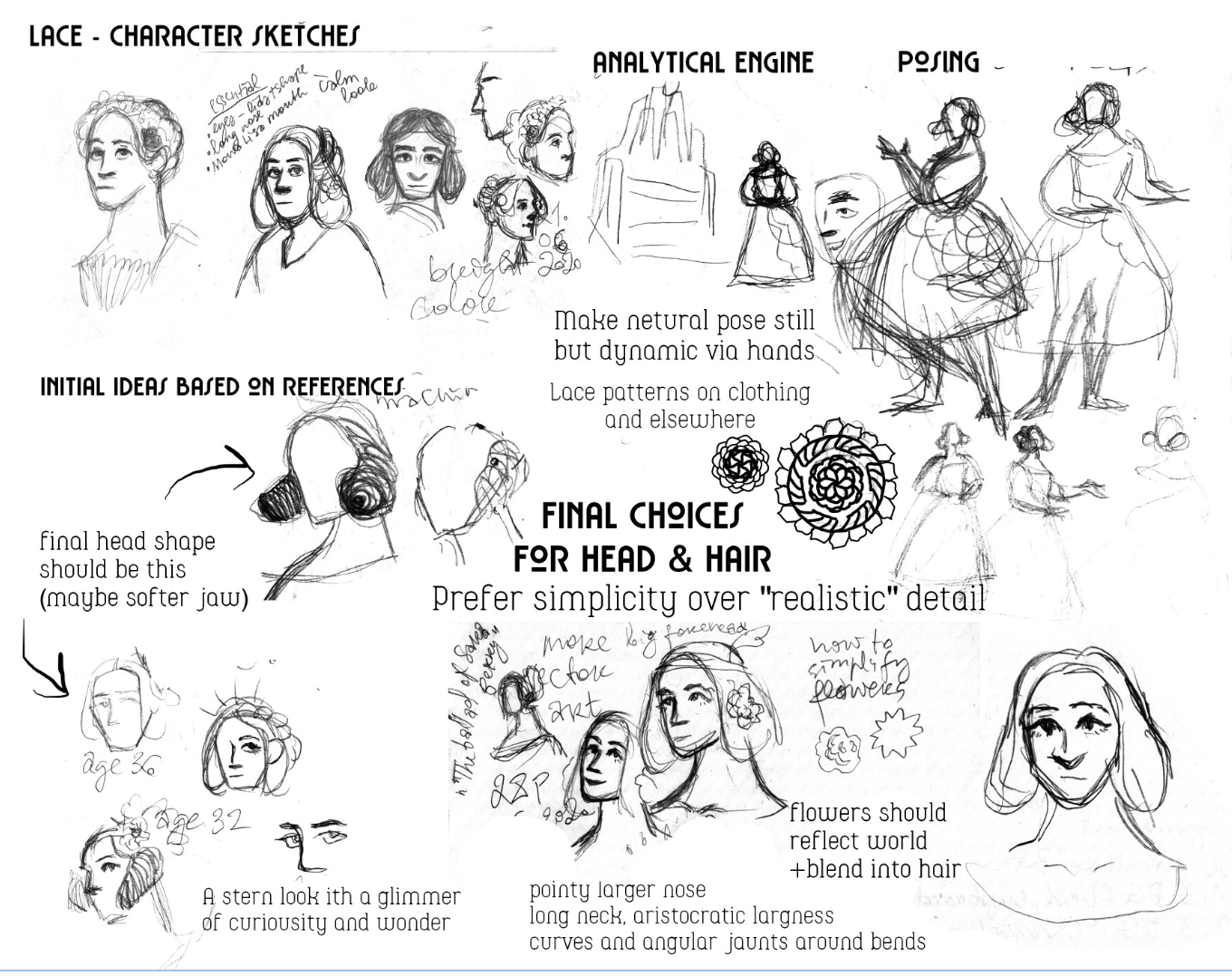Art and Games are closely connected!
Anni Hõ is one of the first alumni of the master programme Digital Learning Games in the School of Digital Technologies. But before starting Masters in 2015, Anni’s big love and passion towards art and design brought Anni to TU “Art Education'' bachelor programme. Today Anni is combining knowledge gained during bachelor’s and master's studies to teach Game Design courses in Tallinn University and organize art related charity workshops for kids. In our interview Anni talks about this interesting journey in more detail.

Anni, which main thing of the Digital Learning Games master programme caught your eye mostly?
When I first saw the advertisement of the DLG programme it highlighted that there will be a multidisciplinary approach to the games studies: it will include psychology and human-computer interaction. That really sounded interesting to me and I decided to apply, although I didn't have a related background, knowledge, skills and tools by that time. I had some self-study experience in using game engines during my bachelor's programme and using 3D-software from before that time.
You got your bachelor’s degree in “Art in education''. Wasn’t it hard to change your educational path from Art to Games?
Actually it went fairly smoothly. For my final thesis in BA studies I did a small game prototype. The Institute of Arts in Tallinn University (“Kunstide Instituut” - in 2012 it was named that way, now it is under the BFM division of our school) was very supportive of new ideas and gave me the opportunity to try something innovative and creative. After that small experiment I felt like I would like to start developing my own games. So now I think that Art and Games are pretty connected.
Have you worked on some interesting projects during your study years? Please tell a little about them.
Yes! One of our first projects I worked on was a historical game about vikings in Saaremaa (Estonian island in the Baltic Sea.). It was an historical game about 10th century vikings in Estonia. We had a story, some historical research, a little bit of a demo and lots of concept art by me.
Later, I joined a very interesting LEGO serious game in the frame of ELU (LIFE) project. We developed an app to teach how to use the LSP (“Lego Serious Play” - presentations with LEGOs) method. It was an interesting method and the project was quite successful. For that project I did animatics, concept art and UI ( user Interface) design.
Then in 2020, as I was already teaching in Tallinn University, we did a student-teacher co-project named “Methodyca”. The aim of this project was to teach students some research methods.
 .
. 
Now you are teaching 2D game graphics for DLG Master’s students and also for students of the School of Educational Sciences in Tallinn University. In addition to that, you give a course “UI design for games” at Mainor. Please tell me more about it.
Yes, I am teaching EduTech and DLG students 2D graphics, which in the beggining was a course taught by Game design professor in School of Digital Technologies Martin Sillaots. In 2019 Martin trusted me with the course and asked to replace him. I changed this course content a little bit and personalized it in a way how I experienced art, graphics and games.
In Mainor, a friend invited me to teach and gave me one of her courses “ UI design for games”. The first time I was supposed to replace her for just a few classes, but now it's been one year already.
I heard that you also organize game workshops for kids. Could you tell which age group you are working with and how do they like it?
Usually kids are 7-12 years old, sometimes younger, depending on the place and the event. Our workshops take place mainly at museums, where I teach kids how to do animation, graphics, and GIF images for hypothetical games projects. I mainly do comic workshops where I show how to create small magazines. Often these workshops are a charity project with cultural or historical topics that the children can sign up and attend for free.
Anni, what do we have to take into consideration before letting our kids play digital games?
Nowadays, kids are more used to screens, than to the mouse and keyboards. This is strange for me, because when I was a child all we had was a TV and radio. I would say that of course games can be educational and beneficial, but I think parents should pay attention to what exactly their kids are doing with devices in their hands. If a kid is younger than 5 years old, I think he/she must not have a real phone or tablet. Nowadays everybody should be careful with social media, especially kids!

Which features should a good digital learning game have?
A good digital learning game should feel complete. The ideal digital learning game should have an engaging story, practical exercises and be user friendly.
What problems do you see in the Digital world nowadays and how can we solve them?
One topic is the lack of etiquette. Sometimes people forget that there is a real person in front of them, not just a robot. We have to learn how to communicate with each other nicely on the web. The Internet and technologies are like a miracle that exists now and we can’t take it for granted.
What would you advise to the new students of the Digital Learning Games master program?
It's good to go outside the box and learn things that you don't know anything about, things that maybe are uncomfortable for you. But also you will have a lot more progress if you focus on things that you are already good at and are very interested in. Try to find the balance between University, work and your personal life. Try to be realistic about your goals, don’t overwork and care about yourself!
Which values did TLÜ pass on to you, and have you carried them forward?
TLÜ has passed on to me a sense of dedication to teaching and the learning process itself. Many of my teachers were very hard-working in making our study experiences unique but also whole-encompassing. TLÜ has a very long tradition in teaching and I have tried to carry these values with me to every lesson I make.